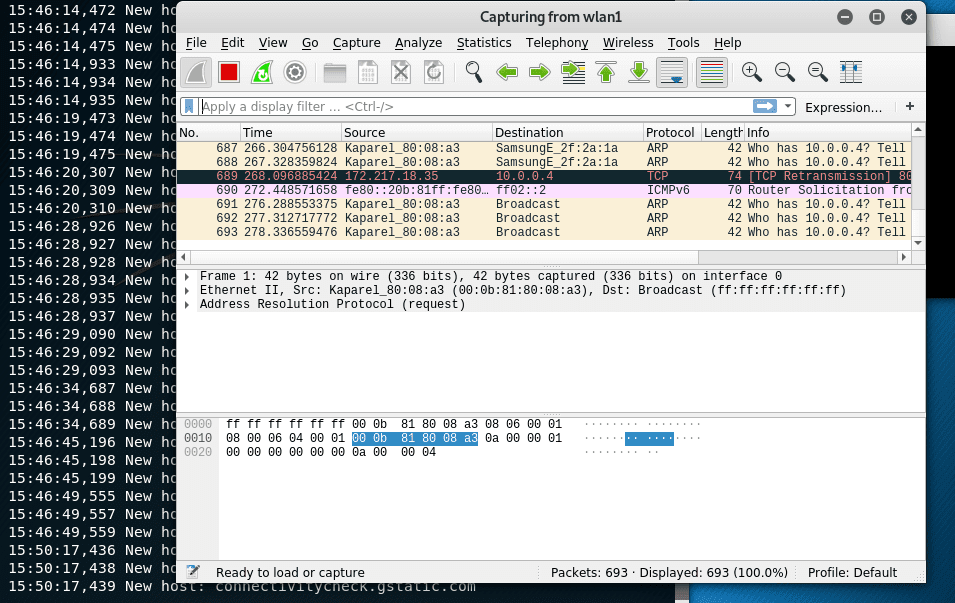

As shown in the video above, Wireshark (by default) captures each and every packet flowing in the network.

:max_bytes(150000):strip_icc()/020__wireshark-tutorial-4143298-24bfe8984431438b9ba2ec43f701607d.jpg)
In order to facilitate the analysis, we should apply capture filters and display filters FiltersĪs the name suggests, filters are a collection of strings used to filter out data (that’s the best explanation I can come up with in as little as possible) Capture FiltersĬapture filter are filters used to reduce the number of packets captured. And if you don’t know what you are doing and just open ‘any’ interface, you’ll be overwhelmed by the amount of “noise” in the network (See the video below). The most common interfaces woulb be ‘wlan0’ for wireless connection and ‘eth0’ for ethernet connection. Link/ether d4:81:d7:ae:cc:41 brd ff:ff:ff:ff:ff:ffģ: wlp2s0: mtu 1500 qdisc noqueue state UP group default qlen 1000 When you open Wireshark, the main screen will be divided into two broad section: “Open” and “Capture”ġ: lo: mtu 65536 qdisc noqueue state UNKNOWN group default qlen 1000 There is one major requirement before getting started with any packet sniffer, which it to have a solid understanding of the TCP/IP Model, which should be pretty obvious as to why? It is because Wireshark shows packets carrying data from all the various layers from one system onto another system, which you, as an expert (or an enthusiast) are going to analyze. And we are going to learn the GUI version as it is easier to learn and understand. There are two ways to use Wireshark: Using the GUI or the CLI.


 0 kommentar(er)
0 kommentar(er)
